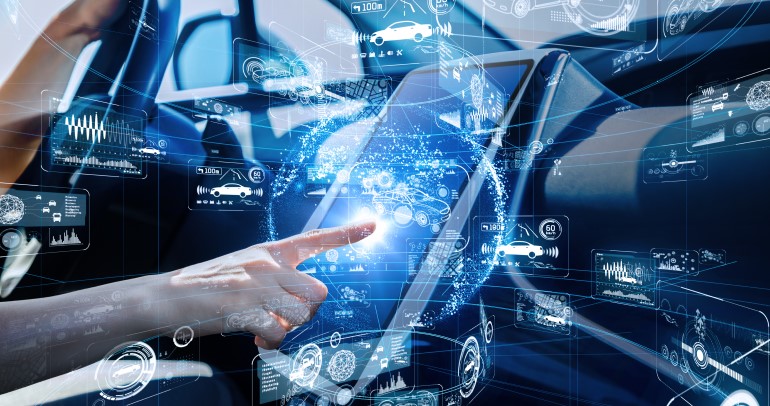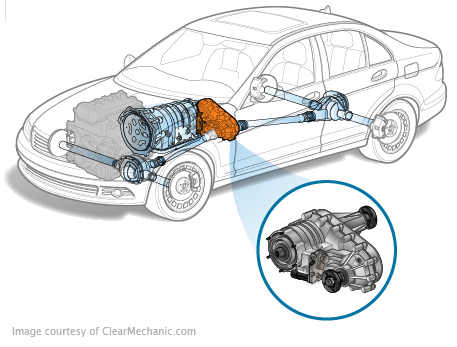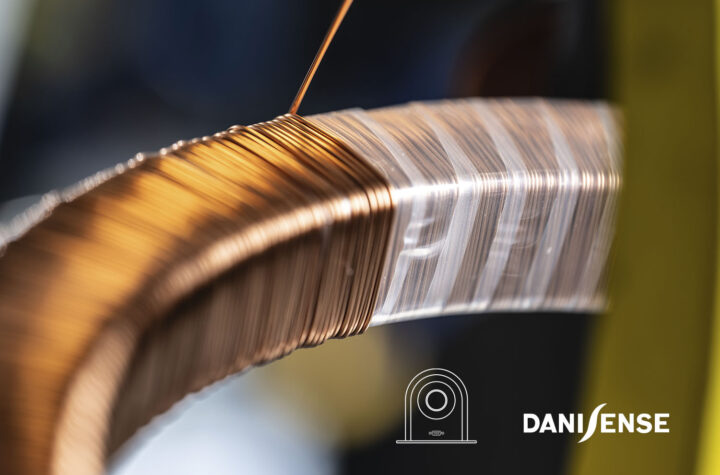
Exploring V2H and V2G Technologies in the Automotive Industry
Automotive Industries interview with Adam Gluck, CEO & founder, Copia Automation
The rapid advancement of artificial intelligence has revolutionized numerous industries, and industrial automation is no exception. Copia Automation, under the visionary leadership of its CEO and founder, Adam Gluck, is at the forefront of this transformation. With the launch of Copia Copilot, the company brings a groundbreaking AI-driven solution to industrial code management, addressing the challenges faced by controls engineers and operational technology (OT) professionals.
In this exclusive interview with Automotive Industries, Adam Gluck shares his motivation behind creating Copia Copilot, a tool designed to enhance productivity, streamline workflows, and empower engineers through AI-powered features like automated code documentation, seamless programming language translation, and intelligent code generation. Gluck delves into the pivotal role Copilot plays in advancing Industrial DevOps, fostering collaboration, and reducing downtime, while providing insights into its beta release phase and Copia’s vision for the future of AI in industrial automation. Discover how Copia Copilot is redefining efficiency and innovation in this ever-evolving sector.
Automotive Industries interview with Adam Gluck, CEO & founder, Copia Automation
Automotive Industries: Hi Adam, what motivated you to launch Copia Copilot, and how does it redefine the role of AI in industrial code management?
Gluck: We saw the transformative impact of AI in software engineering, particularly in code generation. Since Copia’s mission is to improve workflows for industrial engineers, we felt it was crucial to explore how AI could bring similar efficiencies to the OT space. Copia Copilot isn’t just about AI for the sake of it; it’s about solving real problems that our users face daily. We believe it has the potential to redefine industrial code management by making engineers significantly more productive and allowing them to focus on higher-value tasks.
Automotive Industries: How does Copia Copilot’s AI-powered features like code documentation and translation empower controls engineers in their daily tasks?
Gluck: Copia Copilot streamlines several tedious and time-consuming tasks. For instance, it can automatically generate documentation for AOIs (Add-On Instructions), which is often neglected due to time constraints. This empowers controls engineers to standardize and share code more effectively. Additionally, Copilot can translate between different programming languages like Ladder Logic and Structured Text, eliminating the need for manual conversion. This saves time, reduces the potential for errors, and creates space for more rigorous review and testing of the code after the translation happens.
Automotive Industries: Can you describe how the code modification and generation capabilities of Copia Copilot enhance workflow efficiency for OT engineers?
Gluck: Copilot can generate code from scratch, modify existing code, and even create UDTs (User-Defined Data Types) based on natural language prompts. This accelerates development, especially for repetitive tasks or when starting new projects. Imagine needing a sequencer routine – instead of writing it from scratch, you can describe what you need to the Copilot, and it will generate the code for you. This allows OT engineers to focus on the more challenging and business value-adding aspects of their work.
Automotive Industries: How does Copia Copilot facilitate seamless collaboration between engineers working with different programming languages like Ladder Logic and Structured Text?
Gluck: By enabling quick and accurate translation between Ladder Logic and Structured Text, Copia Copilot bridges the gap between different devices that may use different languages, and between engineers who may prefer or be required to use different languages. This facilitates smoother collaboration and knowledge sharing across teams, even if they have varying levels of expertise or preferences.
Automotive Industries: What role does Copia Copilot play in advancing knowledge transfer and onboarding processes in industrial automation?
Gluck: Copilot acts as a readily available “digital colleague” that can provide explanations and summaries of code, making it easier for engineers to quickly understand unfamiliar projects or legacy systems. This is particularly valuable for onboarding new team members or when troubleshooting code written by someone else. It accelerates the learning curve and reduces reliance on senior engineers for basic questions.
Automotive Industries: How does Copia Copilot align with the principles of Industrial DevOps, and what value does it bring to manufacturers and distributors?
Gluck: Copia Copilot aligns perfectly with Industrial DevOps by promoting efficiency, collaboration, and faster development cycles. By automating tasks like code generation, documentation, and translation, it allows manufacturers and distributors to bring products to market faster, reduce downtime, and improve overall productivity.
Automotive Industries: Could you elaborate on how Copia Copilot assists engineers in reducing downtime and improving disaster recovery management?
Gluck: While Copia Copilot doesn’t directly address disaster recovery in the same way our backup and recovery solutions do, it contributes by enabling faster troubleshooting and code modification. By quickly understanding and modifying code, engineers can resolve issues more efficiently, minimizing downtime. Additionally, the improved documentation capabilities help ensure that knowledge is readily available, even if key personnel are unavailable.
Automotive Industries: What challenges in the industrial automation sector do you aim to tackle with future AI-driven innovations from Copia Automation?
Gluck: We’re committed to exploring the full potential of AI in industrial automation. Future innovations might include advanced code analysis to identify potential errors or vulnerabilities, predictive maintenance suggestions based on code and operational data, and even more sophisticated code generation capabilities that can handle increasingly complex automation tasks.
Automotive Industries: As Copia Copilot enters its Beta release phase, what feedback or results are you most eager to gather from early adopters?
Gluck: We’re eager to see how Copilot is used in real-world scenarios and how it impacts engineers’ productivity. We’re particularly interested in feedback on the usability of the tool, the accuracy and helpfulness of the AI-generated code and documentation, and any new use cases that early adopters discover. This feedback will be crucial for guiding future development and ensuring Copilot becomes an indispensable tool for industrial automation professionals.















More Stories
K 2025: The Power of Plastics! Green – Smart – Responsible
Bangkok International Motor Show 2025 – The Talk of Sensuous Automotive
Dry silicon composite by Blue Current is the next generation of battery technology